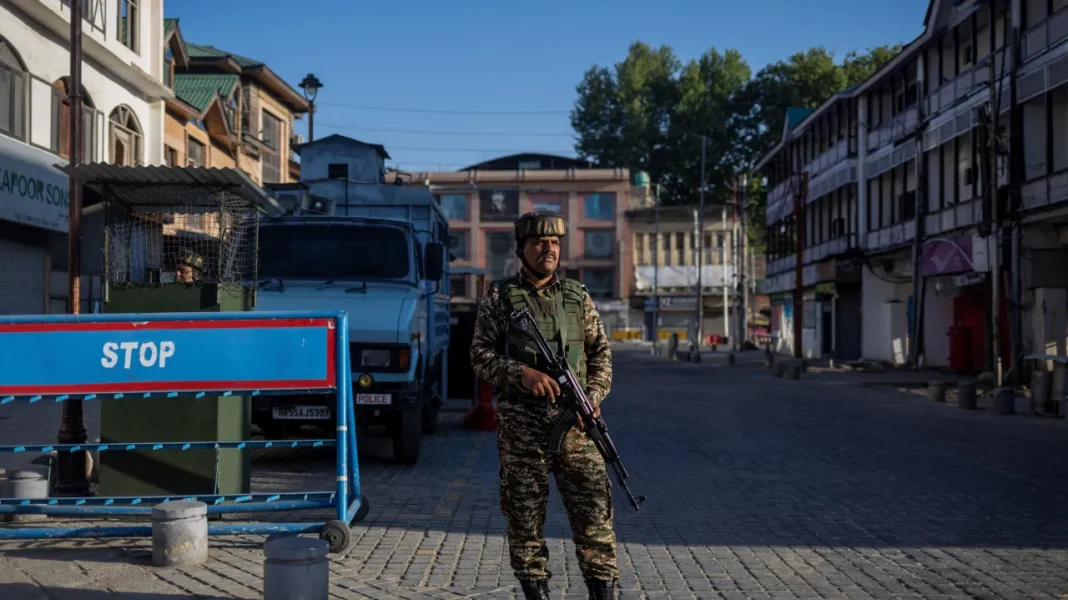An explosion at an Indian police station claimed the lives of seven people when confiscated explosives accidentally detonated. The incident has raised serious questions about safety procedures for handling seized materials.
Details of the Incident

The tragic explosion occurred at a police station in India, where seized explosives were stored as part of an ongoing investigation. Initial reports indicate that the materials were not properly secured, leading to the fatal accident. Authorities are currently investigating the cause and trying to determine the exact series of events that led to this disaster.
Local residents described a loud blast that shook nearby buildings and sent plumes of smoke into the air. The explosion resulted in substantial damage to the police station and nearby areas, emphasizing the powerful nature of the blast.
Response and Investigations

Emergency responders were quick to arrive at the scene, providing immediate medical assistance and conducting rescue operations. Unfortunately, seven people, including police officers and civilians, were declared dead. Several others sustained injuries and were rushed to local hospitals for treatment.
Authorities have launched a thorough investigation to determine the cause of the explosion. Attention is focused on the storage and handling protocols of explosive materials, aiming to discern any lapses in procedure that may have contributed to the incident.
Impact on the Community

The explosion has deeply affected the local community, where many are grieving for the lives lost. Residents expressed concern over public safety and the dangers of storing explosive materials in populated areas, calling for stricter regulations to prevent similar incidents in the future.
Community leaders and local government officials have vowed to support the families of the victims and ensure comprehensive reforms in the handling of hazardous materials within law enforcement facilities.
Reforms and Safety Measures

This tragedy has sparked discussions on the need for stringent safety measures in the handling of explosives. Experts suggest that the incident underscores a significant gap in regulatory oversight, emphasizing the need for improved safety protocols and training for personnel dealing with such materials.
The government is expected to introduce reforms aimed at enhancing safety standards, including better storage solutions, routine safety checks, and specialized training programs for officers tasked with handling potentially dangerous items.
While the investigation continues, there is a collective call for ensuring that the lessons learned from this catastrophe lead to meaningful change and the prevention of future tragedies.




